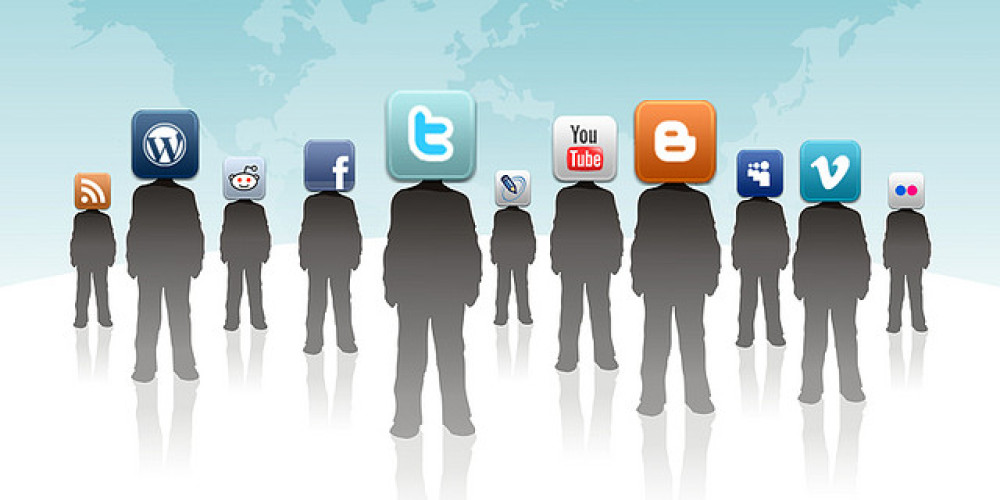As the CEO of an mHealth communications consultancy, I hear this refrain from clients all the time, “I don’t have time to use social media, because I am too busy running my business.” Or, “My customers don’t use social media, so why waste my time and my employee’s time on social media platforms?”
The truth is, they are right AND wrong.
Many mHealth business owners and senior staff don’t use social media for personal reasons because they either lack the interest or the time, or both. But it’s been shown that customers DO use social media when making purchasing decisions. And as for businesses, Forrester’s B2B Social Technographics data shows that business decision-makers use social media for business purposes, by sharing or creating content such as opinions or discussions about their business decisions.
As mHealth businesses continue to grow, they’ll need to adapt their messaging to the marketplace. And today, the marketplace is shifting towards social media. Here is a good overview of how to be strategically social from a recent Forrester blog:
A Social Strategy Approach
Social media can be harnessed for generating demand, but you have to recognize how it’s different from your other channels and use it differently.
- Social media is about relationships, so it requires you to engage in two-way conversations and participate consistently.
- Social media is real time, so you need to be monitoring the conversations and taking action on them in real time.
- Social media enhances and amplifies other channels, so it cannot be used in a silo.
Companies with advanced social media strategies engage people in conversations that infuse insights into all parts of the company, from product development to marketing, sales, and customer service.
Taking a more systematic approach means building a social marketing engine that produces valuable social interactions with anyone interested in your problem space and industry, whether they are customers, prospects, industry influencers, regulators, or regular citizens. How does the engine work?
- Like a car engine, a social marketing engine needs fuel, which is your social content, full of fresh insights and provocative ideas on your buyers’ problems.
- To keep the cylinders firing, you need to listen and respond to what people are saying, get them to connect with you and your social content, encourage them to spread the word, and get prospects to raise their hand when they have an interest in your offerings.
- Each of these activities combines to build social profiles of the people you are engaging over time.
- The output of the social marketing engine is prospective buyers who enter your marketing and sales funnel.
If you are not participating in this vital communications channel because you can’t justify the time, it’s time to reevaluate your business priorities. If you are using social media to drive business engagement, be strategic and take advantage of the opportunity to engage with and respond to your prospects throughout the buying cycle.
photo credit: Fiduz via photo pin cc









9 thoughts on “mHealth Social Media Marketing Should be Strategically Social”